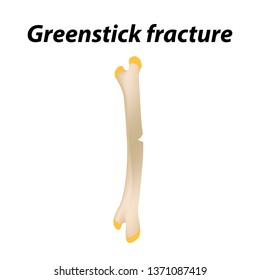Simply When You Think Alleviation Is Near, Soft Tissue Therapy Exposes Its Awkward Facts-- Uncover Why The Procedure Can Be Uncomfortable Yet Useful
Simply When You Think Alleviation Is Near, Soft Tissue Therapy Exposes Its Awkward Facts-- Uncover Why The Procedure Can Be Uncomfortable Yet Useful
Blog Article
Material By-Vazquez Thuesen
When you undergo soft Tissue therapy, you could find it remarkably uncomfortable. This discomfort develops as pressure is put on strained muscles and broken cells, activating your discomfort receptors. While massage to remove toxins can really feel traumatic in the minute, there's a reason behind this experience. Comprehending what happens in your body during these therapies can help you value the process. So, exactly what is taking place underneath the surface?
The Physiology of Discomfort During Soft Tissue Treatment
When you undergo soft Tissue treatment, your body's response to discomfort is a complex interaction of physiological procedures. As the specialist uses stress, your body activates discomfort receptors, sending signals to your mind. This sets off the release of neurotransmitters, such as compound P and glutamate, which magnify the experience of pain.
Your muscles may additionally tense up in action, more complicating the experience. In addition, your body may release endorphins, natural medicines that can help ease some pain.
The interaction between these processes can produce an unique experience for each and every person. Comprehending this physiological reaction helps you browse the sensations during treatment, allowing you to value the equilibrium between discomfort and the potential for healing advantages.
The Duty of Pain in the Recovery Refine
Although pain during soft Tissue treatment can feel overwhelming, it plays an essential role in the healing process. When you experience pain, your body is signaling that it's functioning to fix broken cells. Click Webpage raise blood flow to the affected location, providing essential nutrients and oxygen needed for healing.
Furthermore, pain can advertise the launch of endorphins, your body's natural medicines, producing a feeling of relief post-treatment. Welcoming this discomfort can aid you recognize your body's limits and encourage you to deal with underlying concerns.
While it's unpleasant now, this process is crucial for long-term recuperation and boosted function. Acknowledging discomfort as an essential part of recovery can empower you to stay devoted to your treatment.
Tips for Handling Discomfort During and After Therapy
Taking care of discomfort during and after soft Tissue therapy can substantially boost your general experience and healing.
To start, connect freely with your therapist regarding your pain degrees; they can change strategies as necessary. Making use of deep breathing strategies can also aid you kick back and reduce discomfort.
Consider using ice to the cured area post-session to reduce swelling and numb pain. Staying moisturized help in the recovery process, so drink a lot of water.
Mild extending and light activity after treatment can advertise blood circulation and ease stiffness. Finally, guarantee you get sufficient rest to permit your body to recover.
Executing these tips can make your soft Tissue therapy much more convenient and satisfying.
Conclusion
Finally, while soft Tissue therapy can be unpleasant, it's crucial to identify that this discomfort plays an important duty in your recovery journey. By comprehending the physical actions at play, you can come close to the treatment with a more favorable mindset. Bear in mind, the preliminary pain often gives way to relief as your body launches endorphins. Accept the procedure, and don't hesitate to make use of the suggestions for handling pain to improve your experience and healing.
